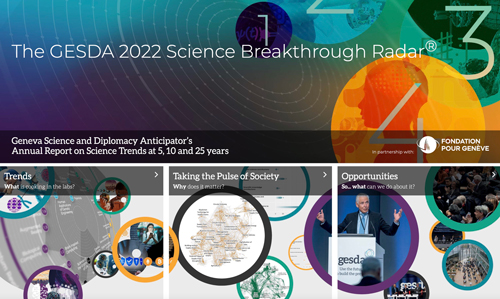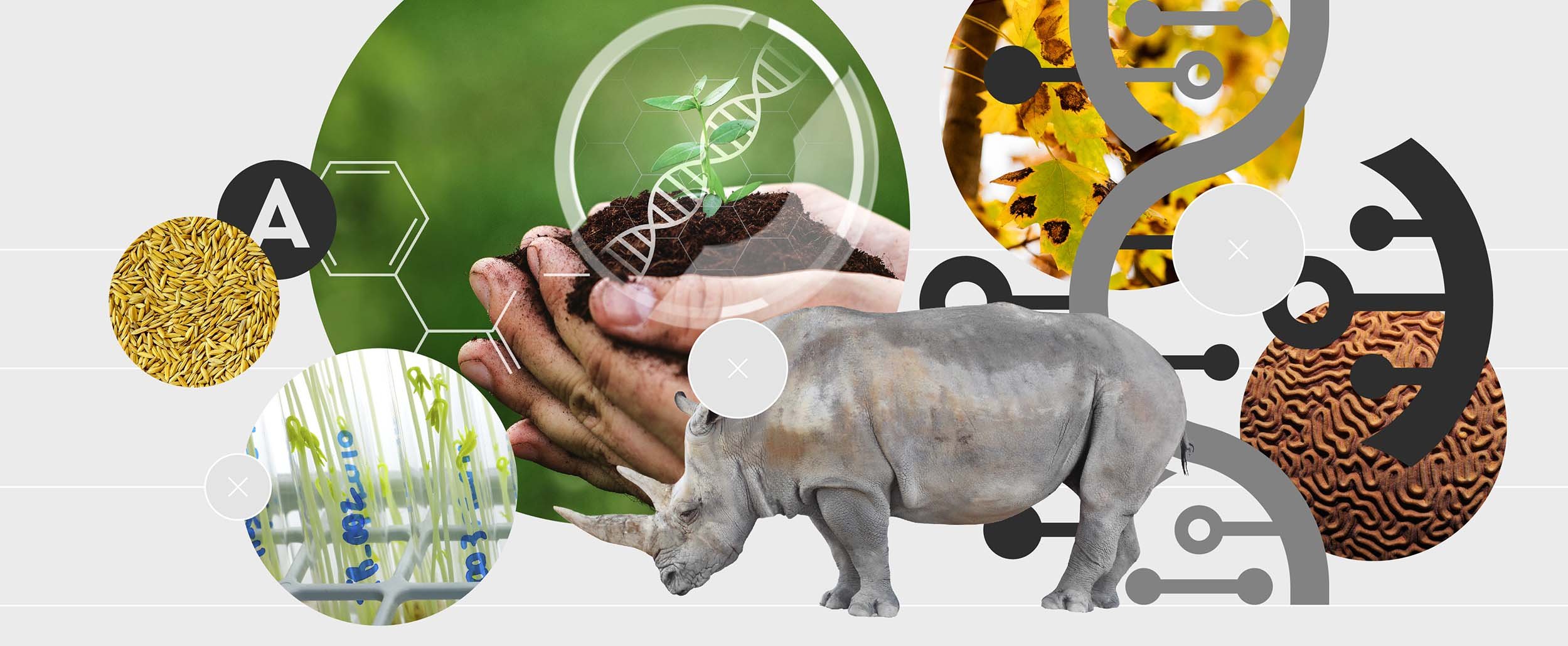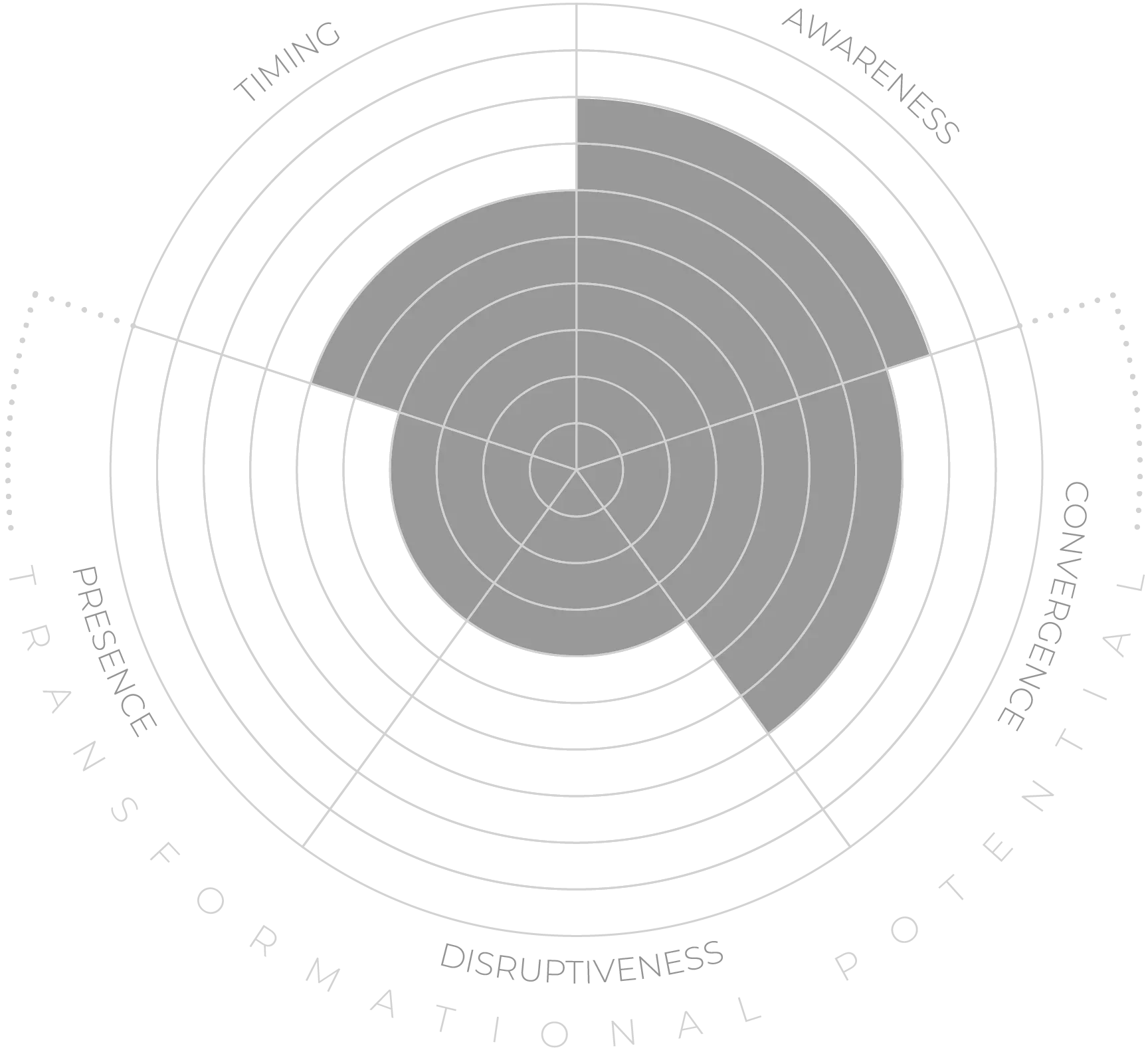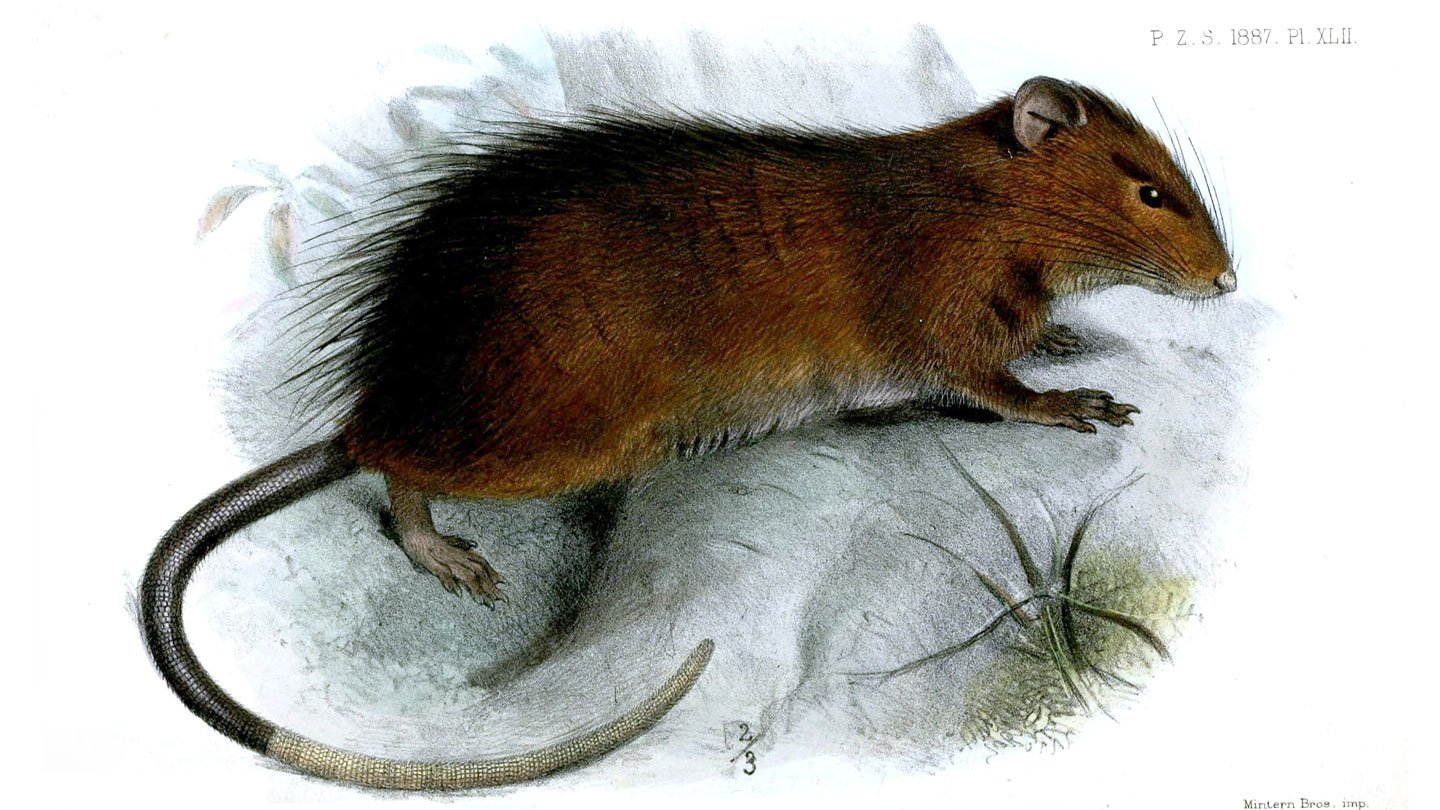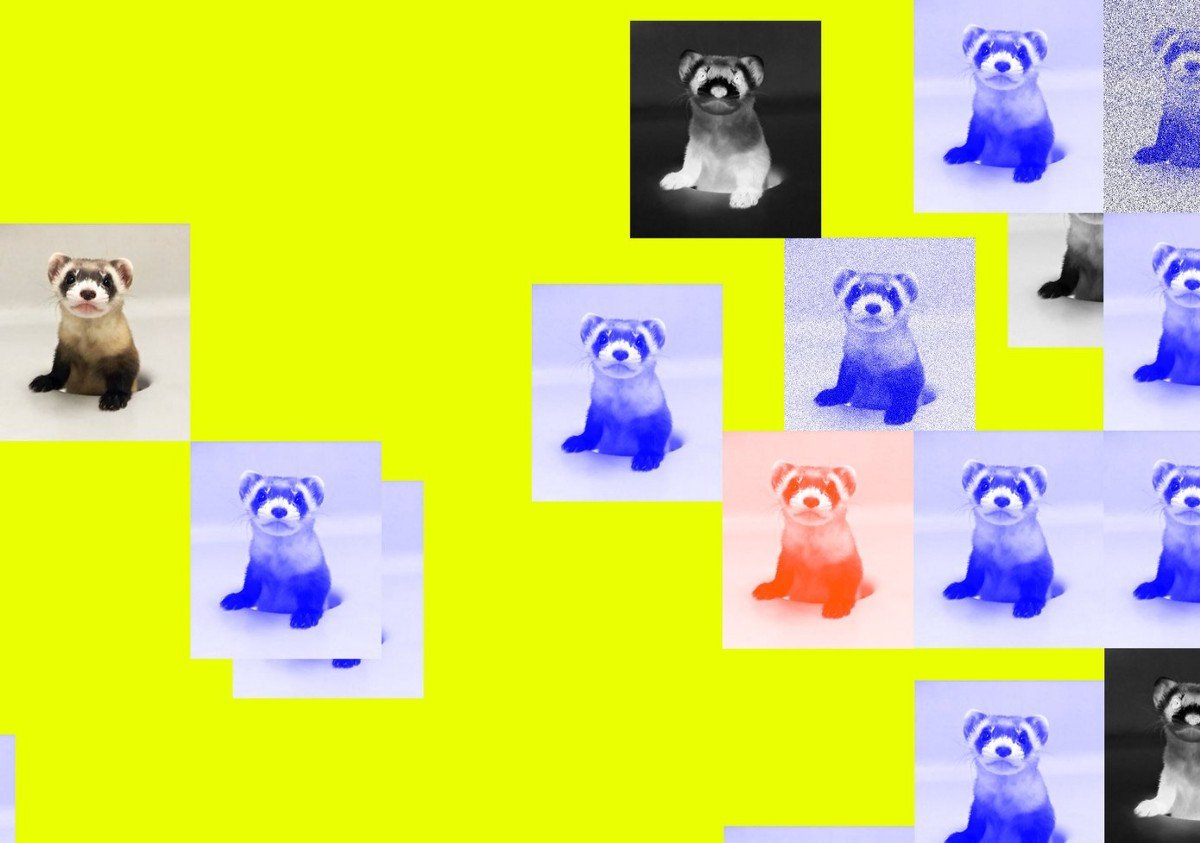Much of the work on artificial multicellular organisms is at an early stage and the end results are not predictable. One prominent line of work involves "xenobots", which are tiny artificial organisms — or alternatively, biological robots.26 These are not strictly synthetic, since they are derived from largely unengineered stem cells obtained from the developing embryos of Xenopus frogs. Existing xenobots only include two cell types: skin cells to provide structure and heart cells that act as motors. Nevertheless they can already perform a range of functions including swimming or rowing (using cilia as oars) through fluids. Xenobots may find uses as drug delivery mechanisms, or disposing of pollutants by swarming and trapping them.
More likely in the short to medium term is increasing applications for multicellular organisms which have been modified in a number of ways. For example, multicellular organisms created using genetic engineering fall into this category.
The first genetically-modified organisms (GMOs) were produced using quite crude methods — for example, inserting a single gene into a random place in the genome. The products of this technology nonetheless have considerable potential: for example, “golden rice”, engineered to produce a precursor to vitamin A, has the potential to alleviate vitamin A deficiency, which can causes serious vision problems and is common in parts of the Global South.27 Nowadays, modern genome editing tools like CRISPR-Cas allow much more precise and targeted genetic alterations, such as rewriting a few "letters" within a gene.28
The engineering of multicellular organisms may also have a role to play in conservation biology.29 For example, it is possible to engineer threatened species to resist diseases that would otherwise contribute to their extinction. American chestnut trees have been genetically engineered to resist the chestnut blight fungus, which nearly wiped out the species over the last century.30 The tools of synthetic biology may also be brought to bear to revive species that are otherwise effectively extinct, such as the northern white rhino.31
